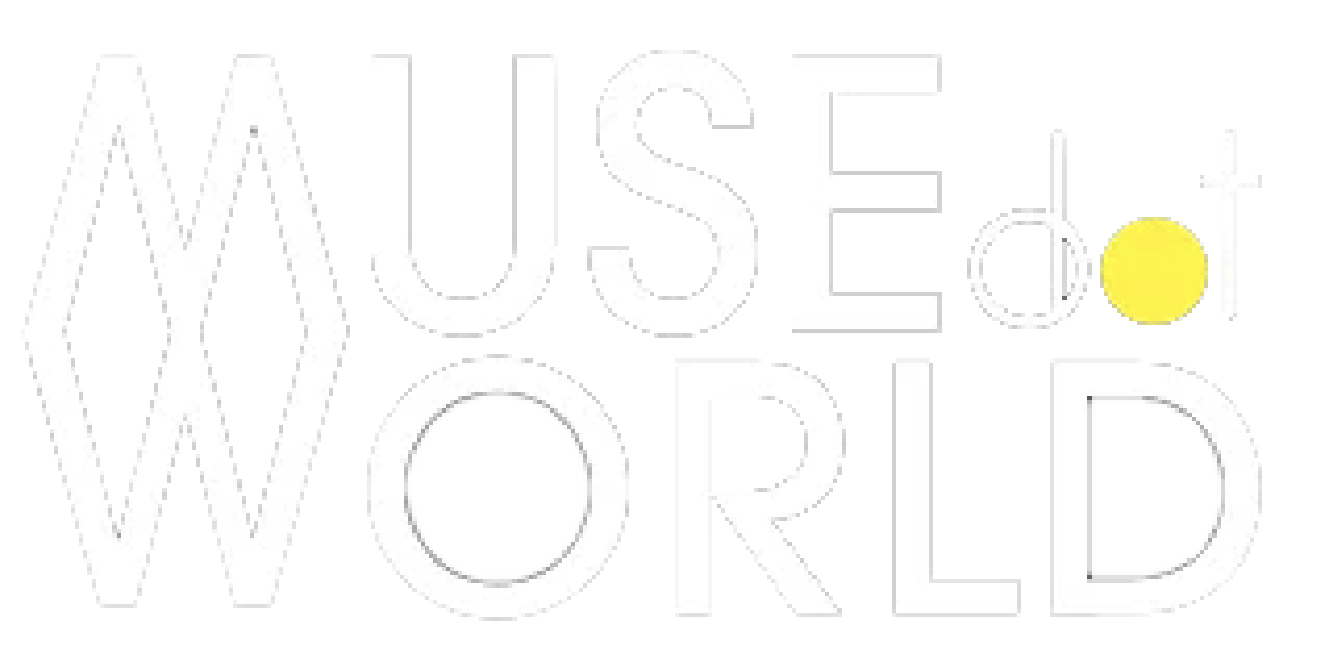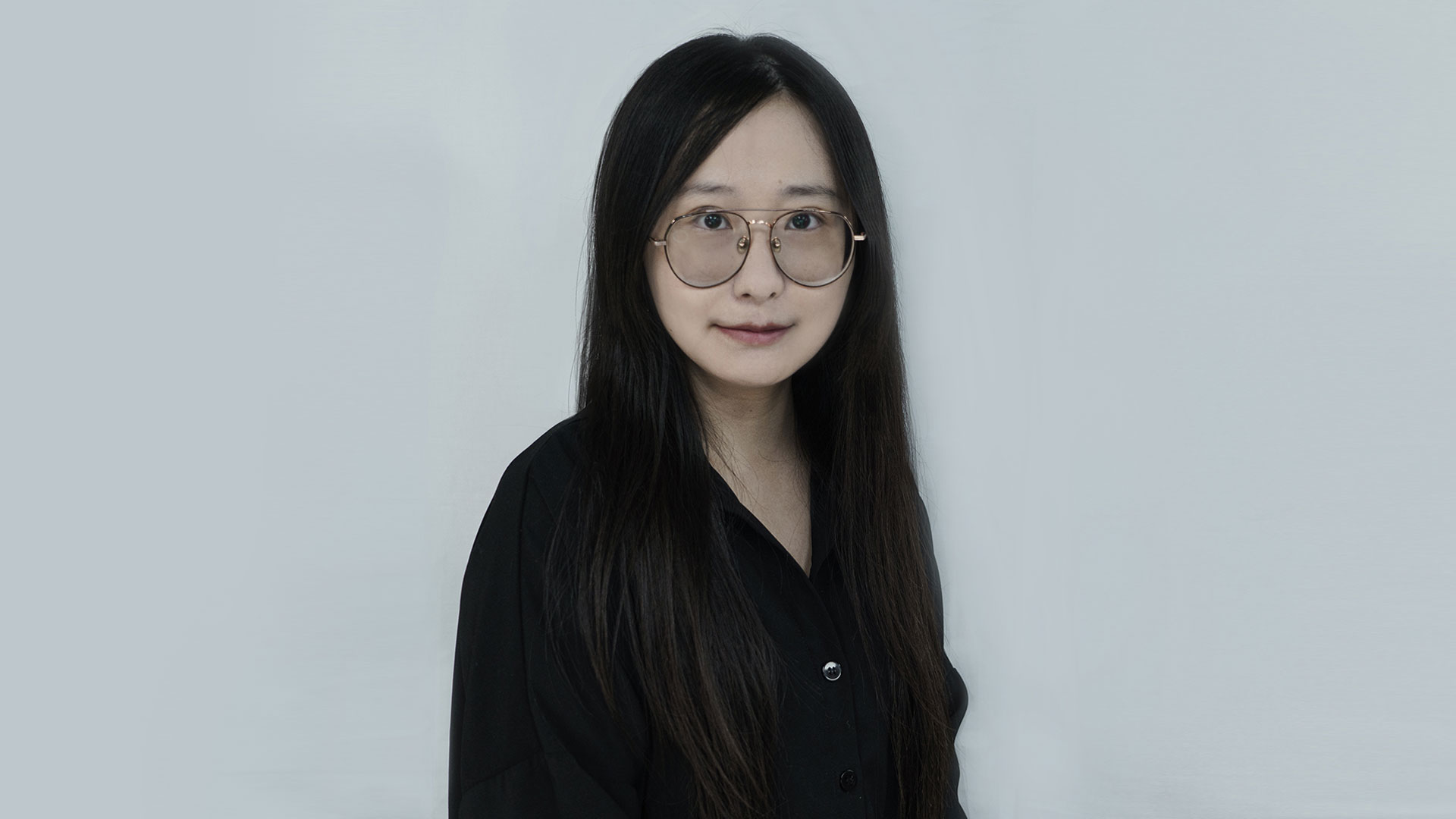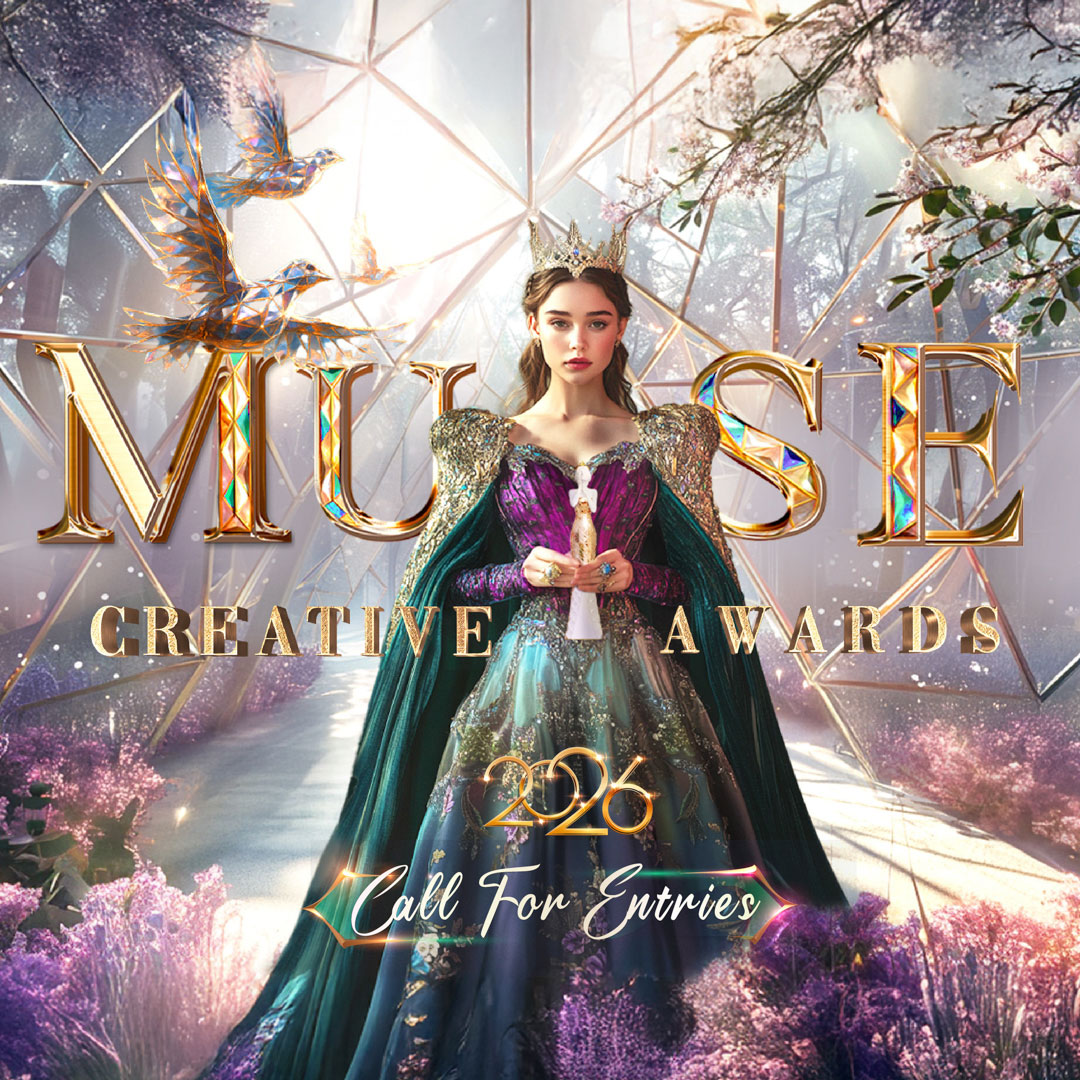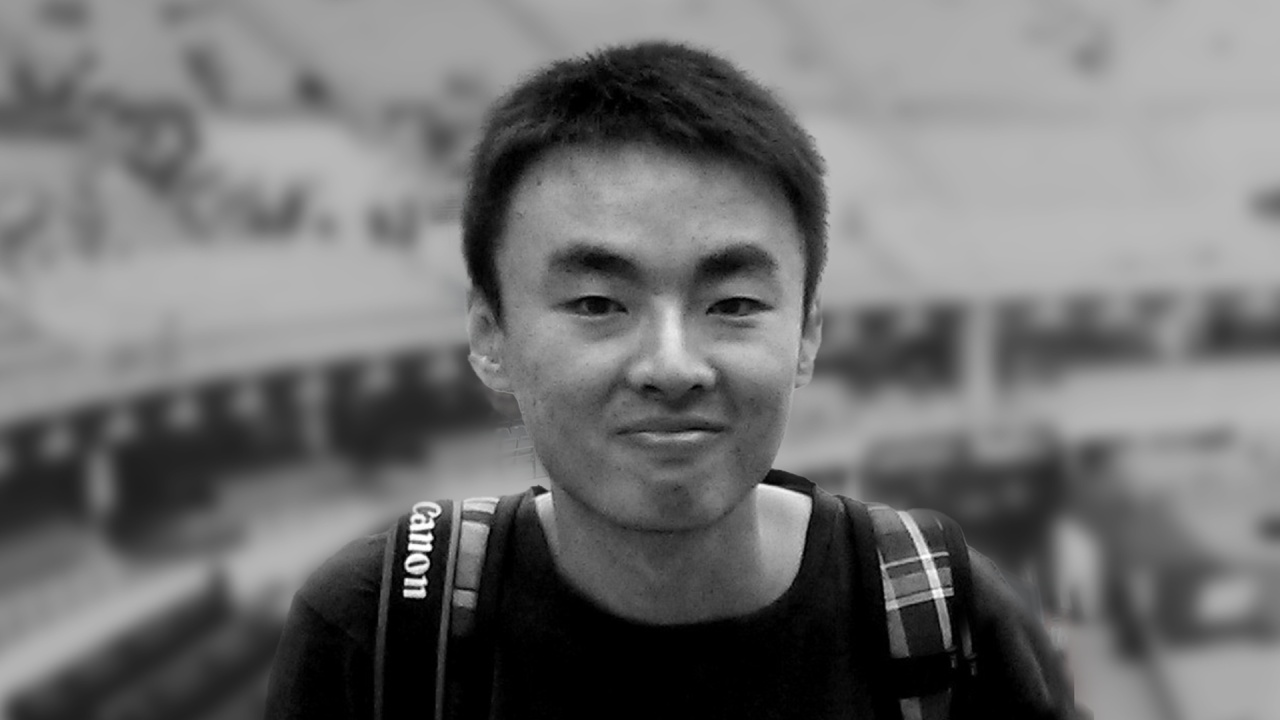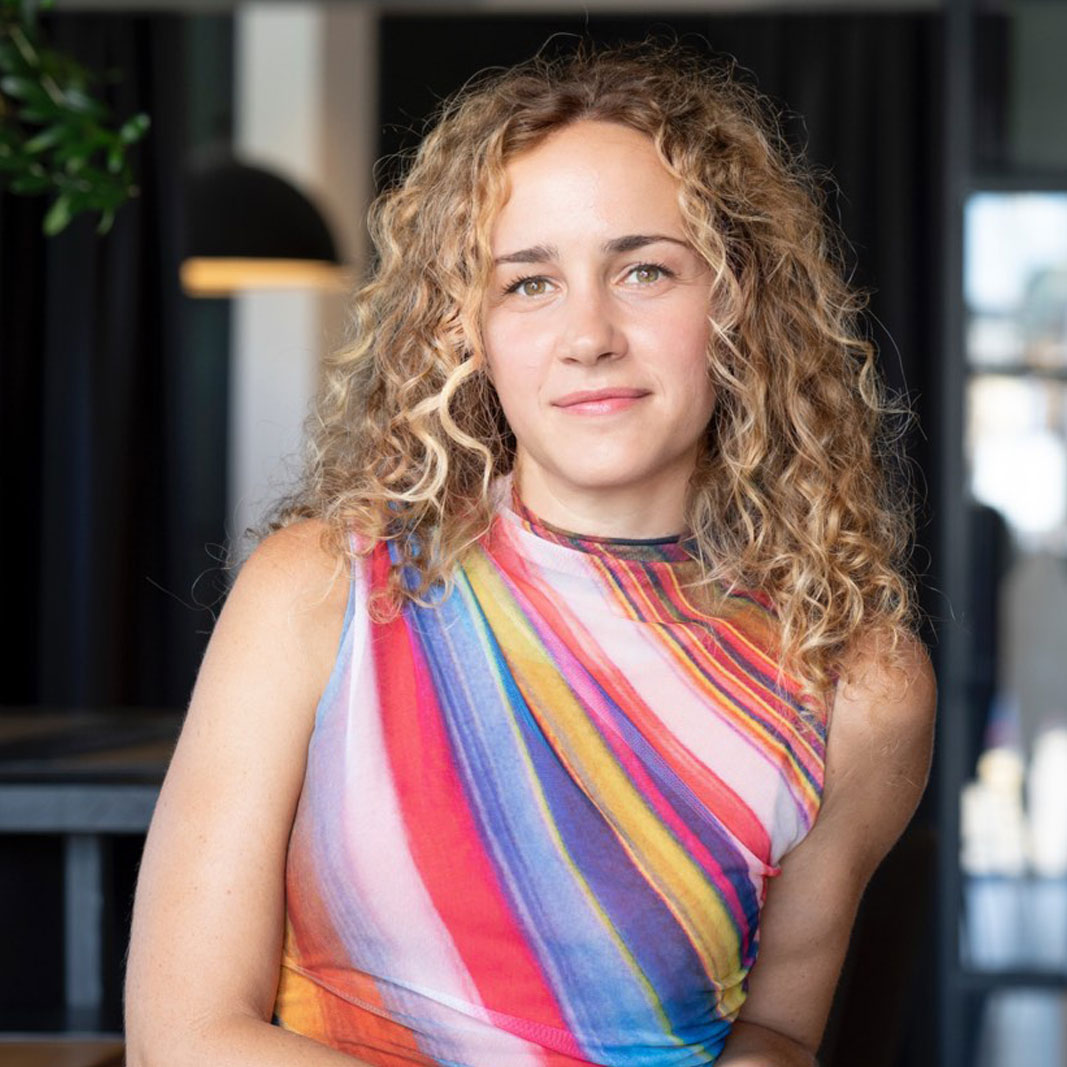Yicheng Zhu Explores Divinity and Corruption in Trace of Gold
Yicheng Zhu
Yicheng Zhu is an independent visual and concept artist whose fascination with world-building began with the concept art of Assassin’s Creed II. A graduate of ArtCenter College of Design, he brings imagination and precision to every project, creating immersive visual experiences across multiple game worlds.My name is Yicheng Zhu, and I’m an independent visual and concept artist who graduated from ArtCenter College of Design in 2022. I grew up in a small inland city in China, where drawing was a central part of my childhood. Despite an exam-oriented education system and social reservations about art as a profession, my parents supported my passion.
In middle school, I discovered video games and digital painting—especially the concept art of Assassin’s Creed II — which inspired my ambition to contribute creatively to the game industry. Four intensive years at ArtCenter refined my craft, connected me with peers and industry professionals, and led to concept work on several game projects.
My practice is driven by a desire to share cultural narratives and to test hybrid processes that integrate traditional painting with digital post-production. Submitting personal projects such as Trace of Gold to competitions allows me to surface work outside client briefs.
Recognition from juried programs — including the French Design Awards — validates the time, research, and experimentation invested in these projects, and affirms my decision to develop a personal visual voice alongside professional concept work.
Trace of Gold is a world-building project inspired by Tibetan cultural and spiritual traditions, including Tibetan Buddhism and shamanistic beliefs, framed within a narrative about a mysterious golden substance that first blesses and then afflicts a village. The protagonist, Nassan, is a hunter whose costume and props are based on regional dress and equestrian craft.
The project reflects an approach where cultural inquiry, careful research, and visual storytelling meet experimental techniques. In today’s industry, it shows that personal projects rooted in specific cultural contexts and hybrid media can be relevant and impactful beyond purely commercial settings.
Trace of Gold integrates visual languages informed by Tibetan shamanistic rituals, Buddhist philosophy, and everyday customs. Beyond presenting the aesthetic richness of this heritage, the project seeks to foster a more nuanced understanding of Tibetan culture among its audiences.
I hold the conviction that concept art achieves its most persuasive form when grounded in meticulous real-world references while embracing imaginative freedom—an ethos at the heart of my creative practice. This balance between disciplined research and inventive execution is what distinguishes the work.
At the outset of this project, I envisioned a mysterious substance—one that needed to embody both danger and allure. To achieve this quality, I explored multiple approaches and iterations. This central substance became the thread that shaped both the narrative and the visual language of the work, and considerable effort was devoted to defining its form.
My initial idea was a multicolored bismuth crystal, chosen to heighten its sense of mystery and to suggest a material that transcended traditional Tibetan knowledge. However, the vivid complexity of bismuth, as well as the limitations imposed by its mineral properties, proved restrictive for the design. I then experimented with rendering the substance in gold or black, which significantly simplified the visual vocabulary. In the end, I chose gold—a decision that became a defining element of the project’s success.
Recognition helps position the work for galleries, collaborators, and clients who value cultural narrative and mixed media. It supports a shift from strictly problem-solving concept roles toward a personal fine-art practice that communicates emotion. On a practical level, such visibility opens doors to exhibitions and conversations with people interested in projects that bridge Eastern and Western techniques.
The project has been fortunate to receive recognition through awards, but what has been most rewarding is the response from audiences. Many viewers have shared that they found the work both visually striking and conceptually engaging, and that its cultural references sparked their curiosity. Hearing that the project resonated with people on both an aesthetic and a narrative level has been one of the most memorable and encouraging aspects of this journey.
Develop a rigorous research habit, treat design as problem-solving, and balance craft with experimentation. Build technical competence but allow space for personal voice—pursue projects that compel you, and don’t shy away from sharing unconventional work when it conveys an honest idea.
Be open to unexpected pathways. For example, my spontaneous move into tattooing has deepened my understanding of line, texture, and symbolism, which in turn enriches my visual practice.
The field increasingly values hybrid practices and culturally specific narratives. I aim to continue exploring the synthesis of traditional Chinese painting—ink and xieyi—with Western techniques and contemporary digital tools, positioning myself at the intersection of cross-cultural dialogue and media hybridity.
Submitting work is a way to test ideas publicly and gain visibility; it doesn’t require a perfectly polished portfolio. The process itself encourages clarity of concept and forces decisions that advance your practice. Participation is a learning opportunity, and even unsuccessful submissions help refine your ability to communicate intent.
Remain intellectually curious, prioritize rigorous research and narrative clarity, and preserve space for experimentation. Meaningful work often emerges where discipline meets play, and where cultural specificity is treated with respect rather than tokenism.
I would dedicate any recognition to those who supported my journey: my parents, who encouraged my early ambitions; the teachers and peers at ArtCenter, whose training and feedback shaped my craft; and the collaborators and art directors I’ve learned from throughout my professional projects.
Trace of Gold is a culturally rooted world-building project that combines Tibetan-inspired narrative and costume research with hybrid traditional and digital techniques to explore how a seemingly divine material can become a corrosive force.
I plan to deepen my study of traditional Chinese painting—especially ink and xieyi—and continue experimenting with integrating those methods into a practice that spans painting, digital editing, and narrative world-building, while pursuing exhibition opportunities that allow the work to reach and engage wider audiences.
Winning Entry
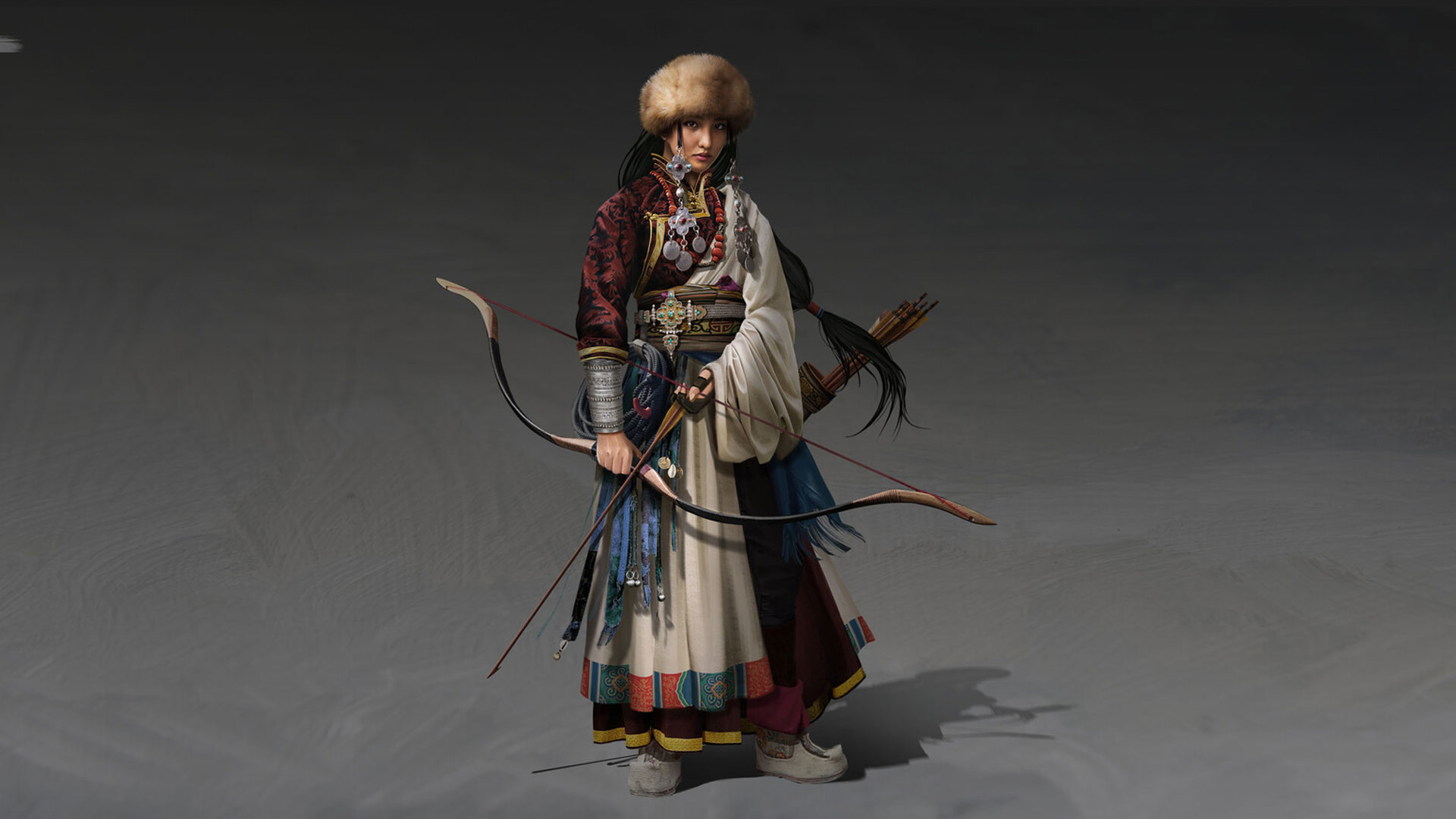
ADVERTISEMENT
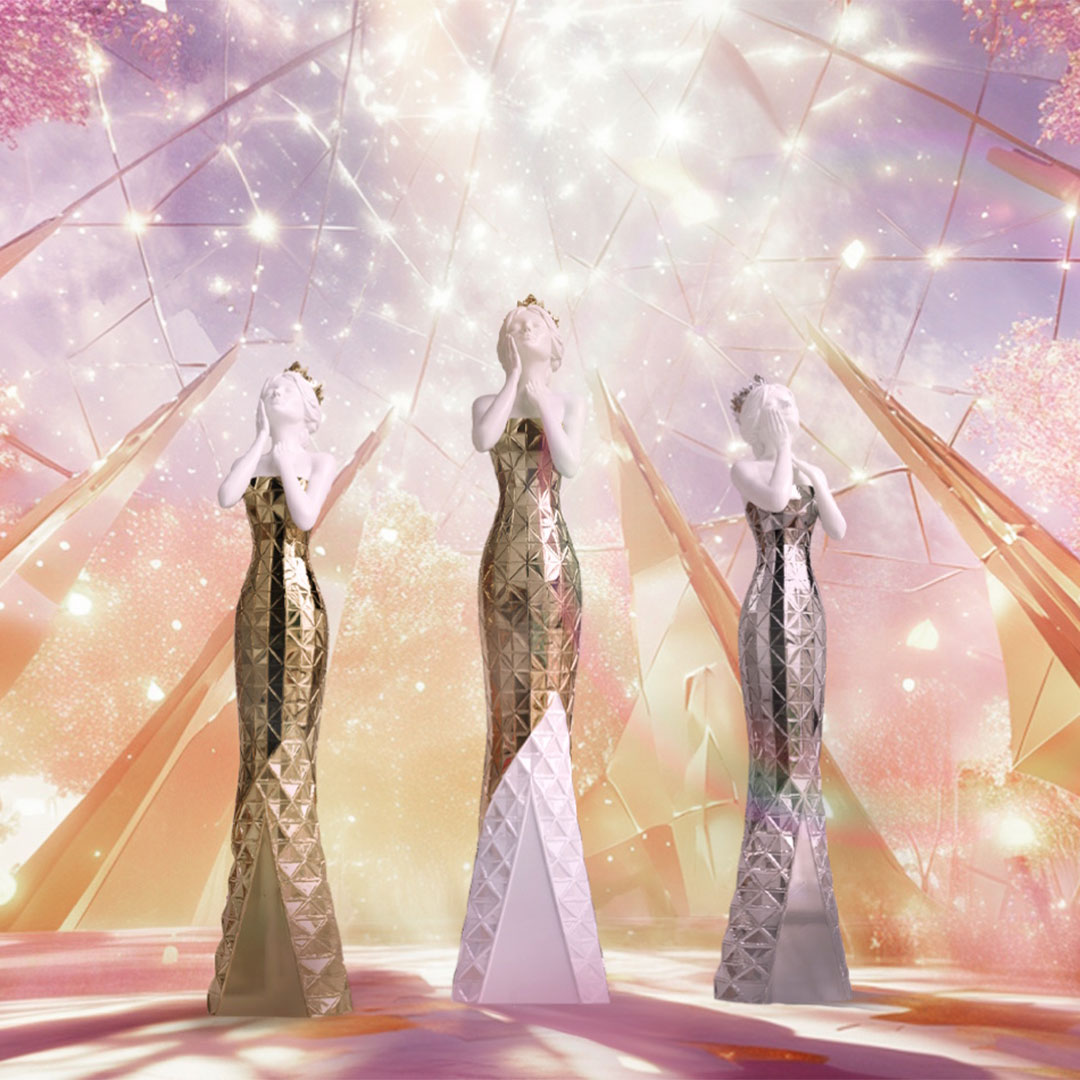
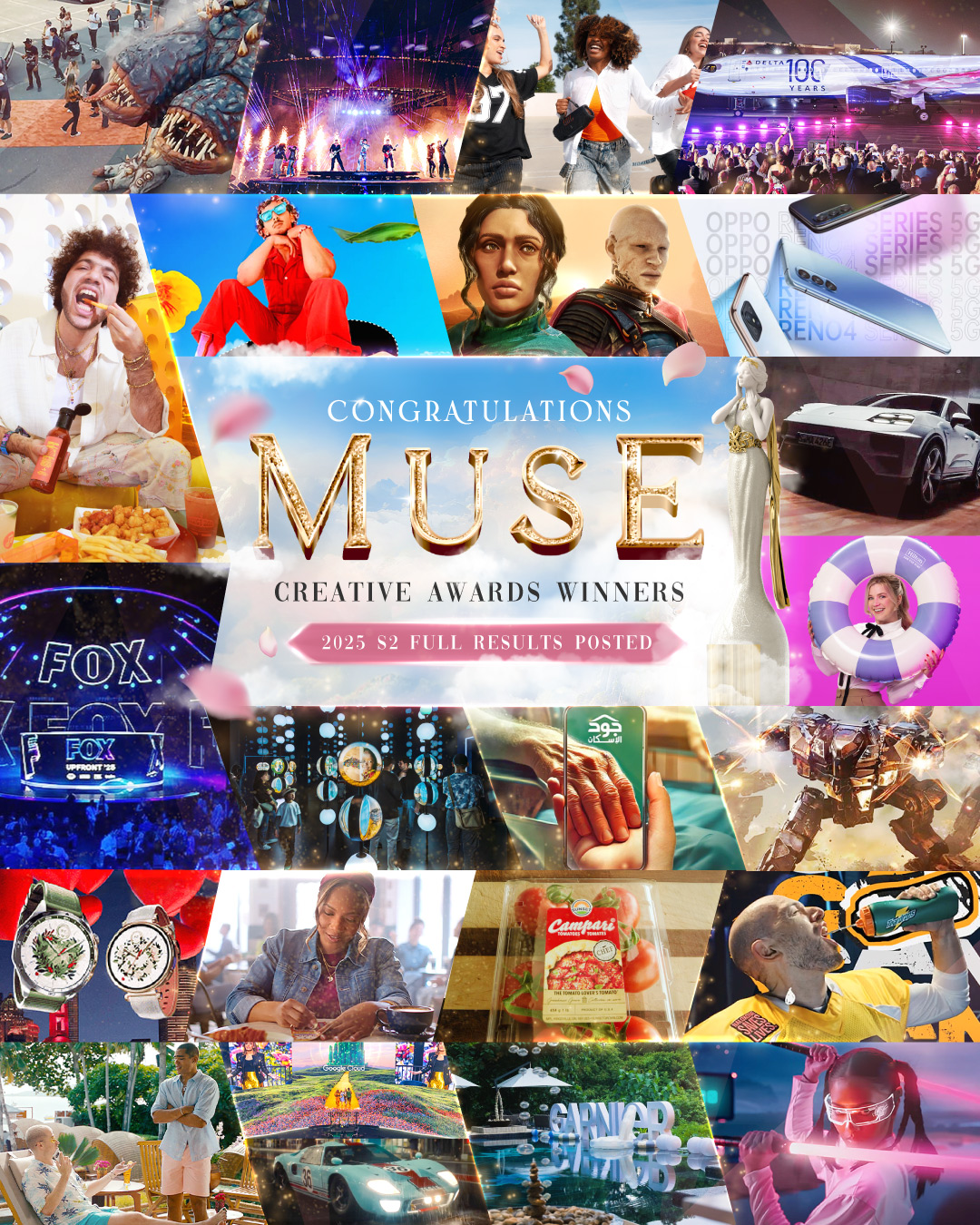

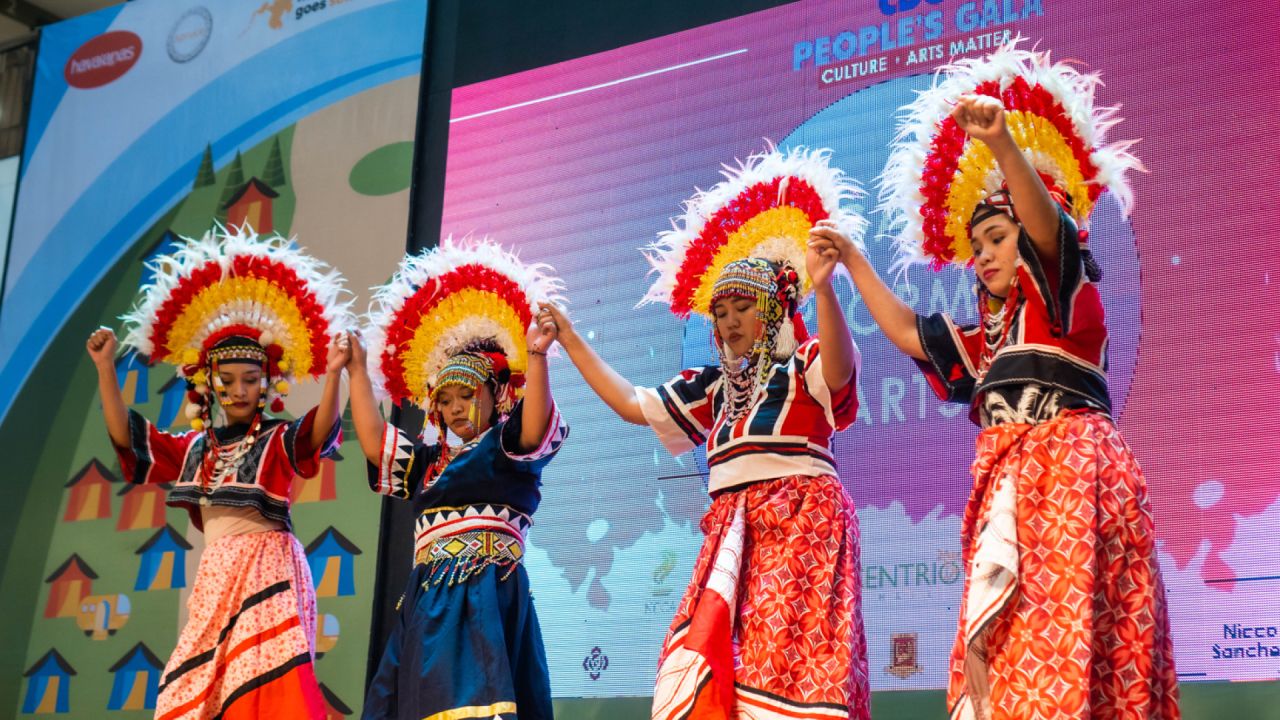
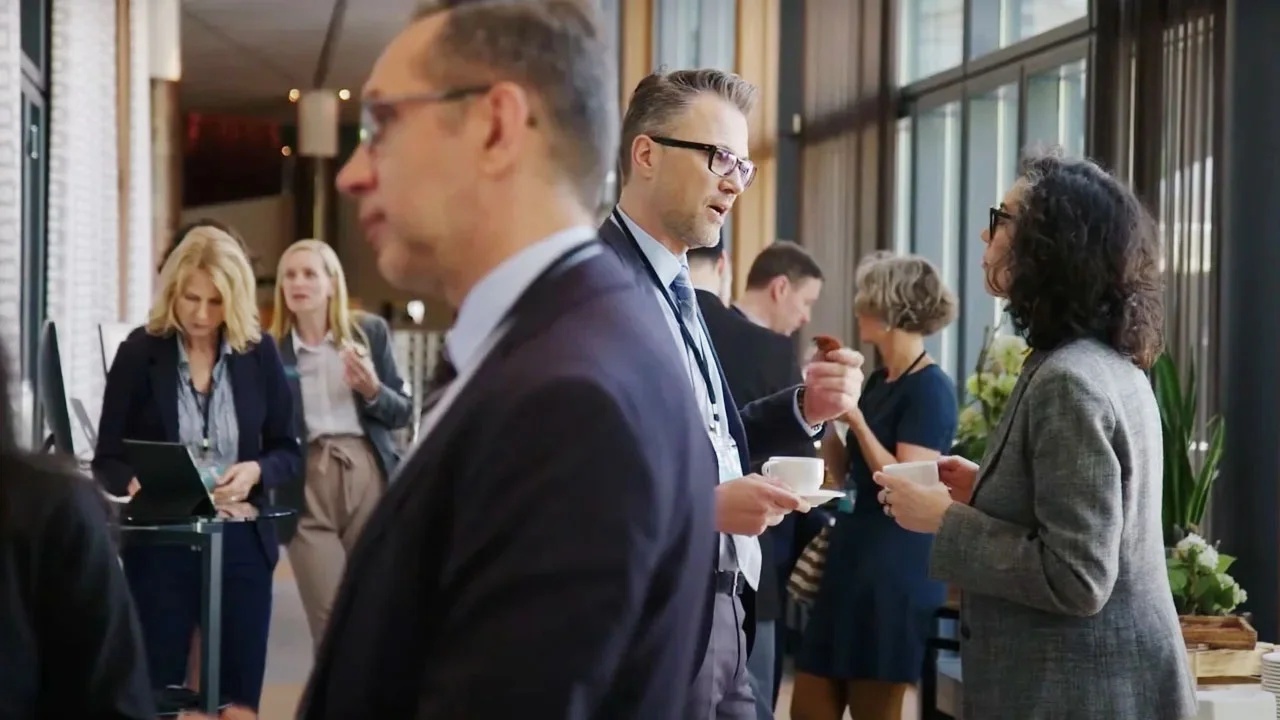

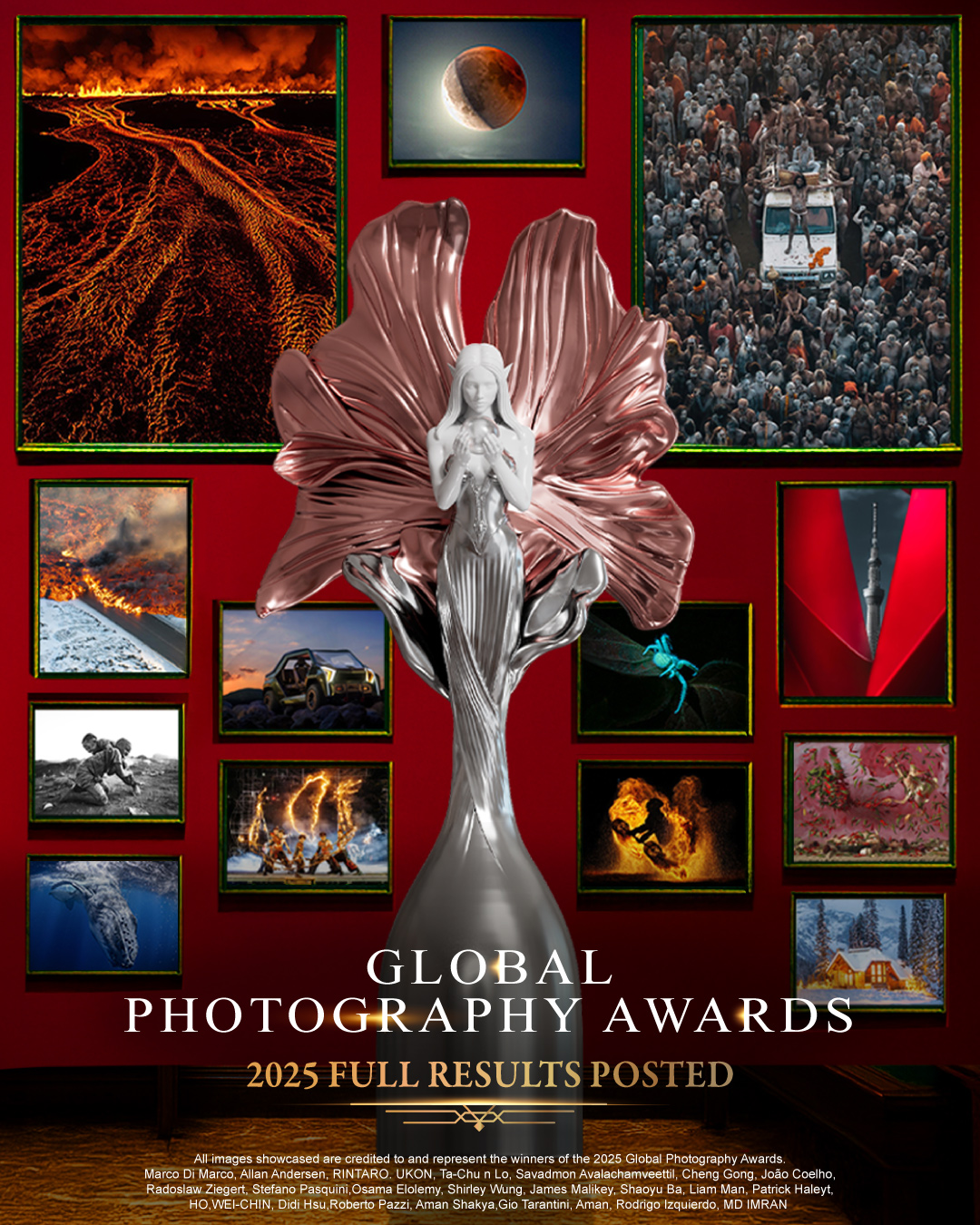

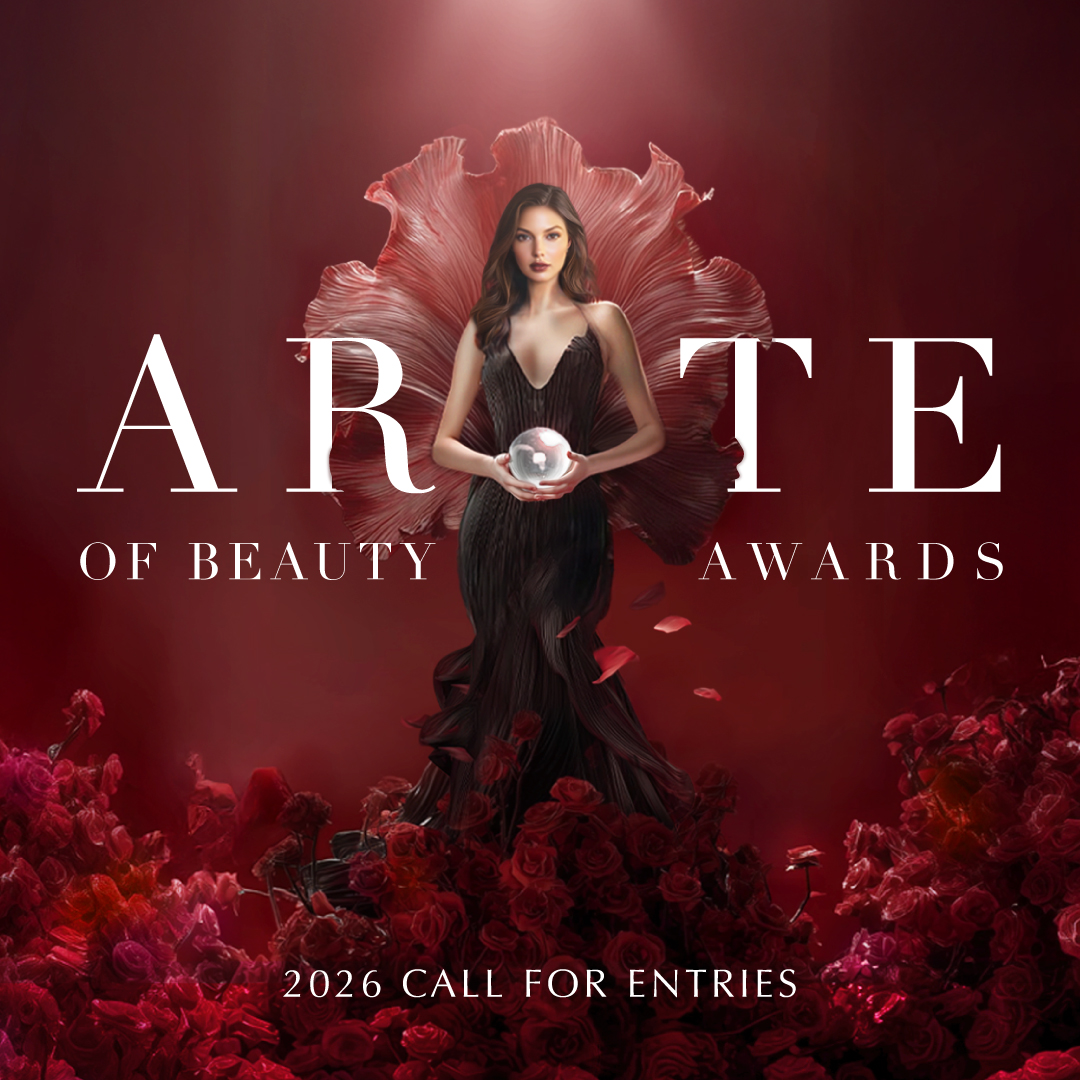
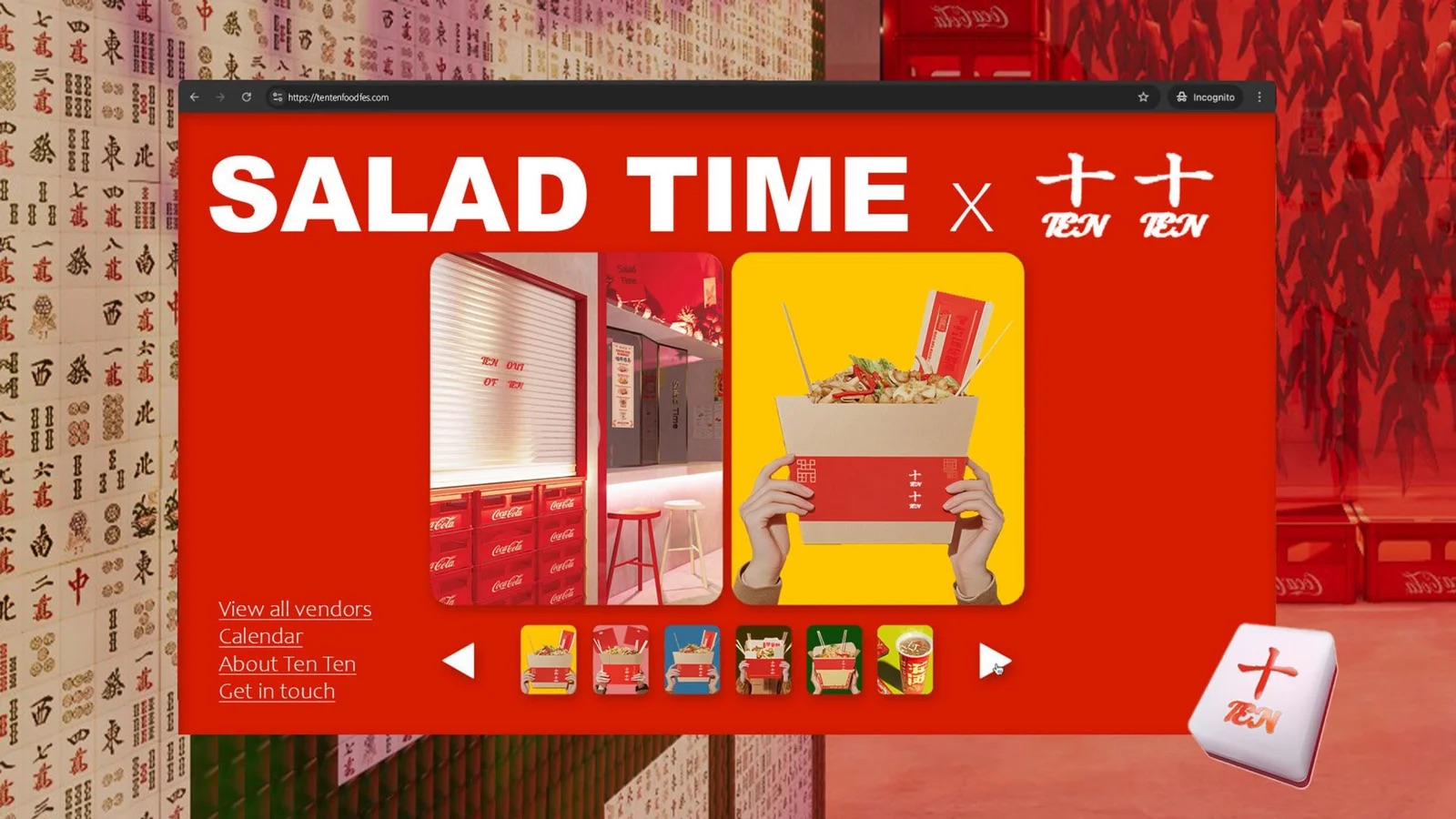
IAA GLOBAL AWARDS
MUSE Awards
Vega Awards
NYX Awards
TITAN Awards
- TITAN Business Awards
- TITAN American Business Awards
- TITAN Property Awards
- TITAN Women In Business Awards
- TITAN Health Awards
- TITAN Innovation Awards
- TITAN Brand Awards
NY Awards
- NY Product Design Awards
- NY Architectural Design Awards
- New York Photography Awards
- NY Digital Awards
LIT Awards
Noble Awards
Arte Collection
- Arte of Beauty Awards
- European Photography Awards
- iLuxury Awards
- French Design Awards
- French Fashion Awards
- Global Photography Awards
- Rome Design Awards
